Getting a second chance
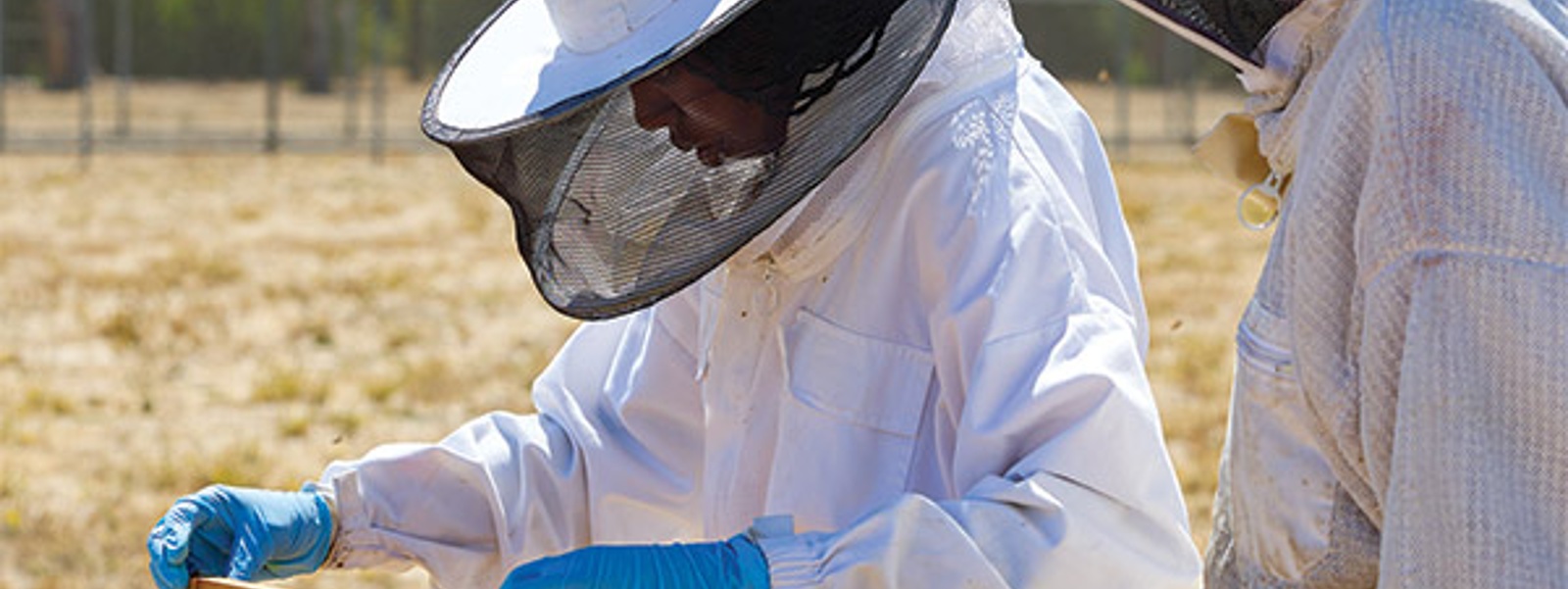
July/August 2023 California Bountiful magazine
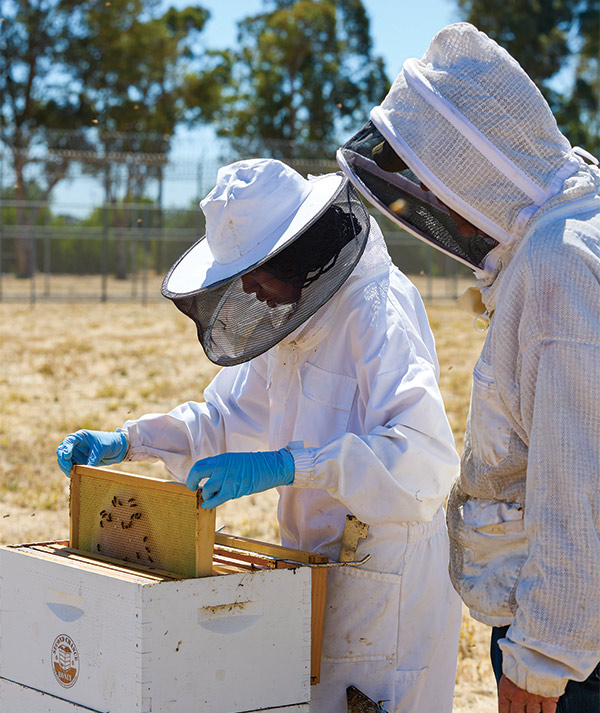
Beekeeping program provides vocational training for inmates
Story by Christine Souza
Photos by Fred Greaves
Female inmates serving sentences for nonviolent offenses at the Rio Cosumnes Correctional Center in Elk Grove are learning about beekeeping through a first-of-its-kind vocational program that allows them to be outdoors and gain skills for a sweeter future.
Hands-on learning happens at the bee yard, a short walk from the correctional center, which houses about 2,500 inmates, including up to 200 inmates in the women’s jail. The outdoor classroom features 10 hives of honeybees.
“I just figured this will be a time where I can learn to be more productive within myself. Before I came here, I wasn’t making the best choices in life,” said Denaysia Thompson, who was serving a six-month sentence for driving under the influence. “When it came to this program, this is one of those ‘half-full’ things where I’ve seen other people do it. Rather than living vicariously through them, I figured I’d get my hands dirty.”
The Sacramento County Sheriff’s Office launched the Second Chance Beekeeping program in 2019-20, as one of the department’s many vocational, educational and treatment programs to equip offenders with the tools for successful reentry into the community. The course, which includes some classroom learning, is in session two days a week.
Program instructor Steve Hays, a retired sheriff’s deputy and hobbyist beekeeper, brings 30 years of law enforcement experience and a passion for beekeeping to empower inmates with skills that could lead to future employment.
“I’m trying to give back. I talk to them on a personal level, giving different keys for success and success stories, so just talking to them about how to stay out of jail,” said Hays, who got interested in beekeeping from a mentor, a commercial beekeeper from Galt, who introduced him to the business and sold him his first hives.
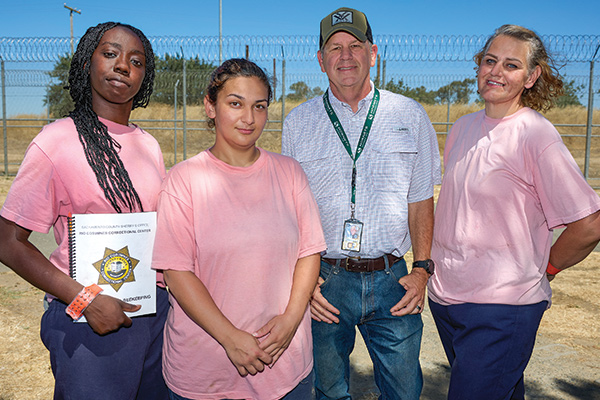
First in the nation
While there is a vocational beekeeping program for male inmates in California, the program at Rio Cosumnes is the first in the nation for female inmates. “We wanted to give them an equitable stake,” Hays said.
Inmates accepted into the program are introduced to basic honeybee anatomy, seasonality of bees, equipment and safety, and the role of different bees in the hive. As the course progresses, they learn more advanced techniques, such as swarm capture, splitting and creating new hives, and raising queen bees.
Standing next to one of her assigned beehives, Thompson said, “It’s got our ‘honey supers’ at the top, which collect a majority of the honey. The bottom two hives hold our queen and her larvae and the eggs. That’s pretty much where all the magic happens.”
Popping the lid off one beehive, Thompson inspected it for any pests or disease problems. She found the hive to be healthy.
“The queen is doing really, really well. She’s producing a lot (of honey) at this time. It all depends on your queen,” Thompson said, affirming that the queen sets the tone in each hive, joking, “That’s everyday life right there.”
Prior to prison, she said she worked in construction as a laborer. She plans to return to the field of construction when her sentence ends, but as far as a hobby goes, “beekeeping is definitely at the top of my list.”
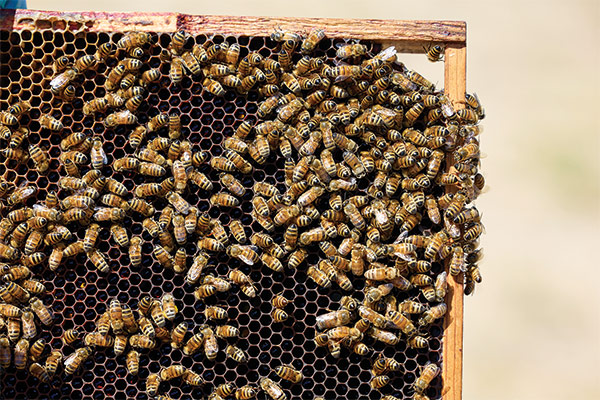
‘There’s promise in this’
Serving time for a drug offense, Corrie Foutz said she loves nature and visiting farmers markets. “I was always interested in agriculture,” she said. “I’m not afraid of bugs and just thought the program would be fun.”
Working outside with the honeybees, Foutz said, is a mindful activity that keeps her focused on something other than life in prison.
“Working with the bees, I don’t think of anything else. There’s no drama, it’s just the bees,” she said. “It is giving me hope, like maybe there can be more to life. I really, really want to complete this program and see where it takes me. I think that there’s promise in this.”
By participating in the program, Foutz said, she hopes to stay sober for good. “I’m hoping through the reentry program, I’m getting some tools to make it stick because I don’t want to use anymore. I desperately want to never, ever be in this place again,” she said.
Inmates learn different aspects of commercial beekeeping, which in California is a $25 million business, according to a 2021-22 crop report by the California Department of Food and Agriculture. Commercial beekeepers contract with farmers, who use bees to pollinate or set the crop, such as in almond orchards. Beekeepers also extract honey from the hive that is bottled and sold to consumers, and they raise queen bees, which are sold to fellow beekeepers to build new hives.
“If they want to pursue beekeeping as an occupation, it’s almost automatic that they can get a job,” Hays said. “It’s definitely a foot in the door.”
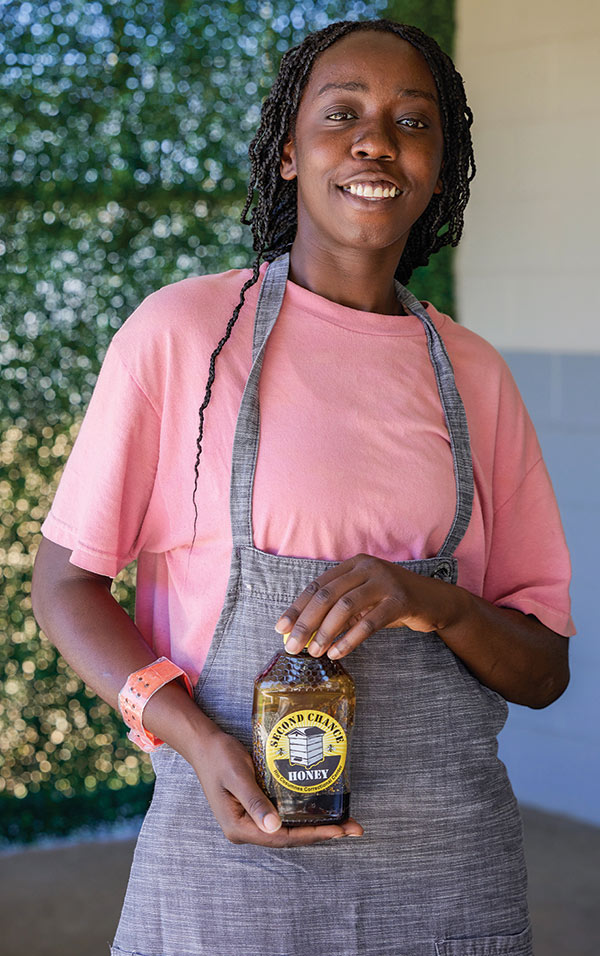
New skills and a fresh start
The program, which has educated 24 inmates since it began, also discusses the trials of beekeeping that many beekeepers face, such as drought or other factors that reduce the season’s honey crop or lead to bee losses.
“Because of the last three years of droughts and bees competing for flowers and food sources, it’s been difficult for us to produce a lot of wildflower honey,” Hays said. “During the last three years, we’ve produced about 80 one-pound bottles of honey. Whenever we have a large surplus, we use it in our kitchen or as a sweetener for the jail’s vocational barista program. If there is a greater surplus, we donate it to the local food bank.”
Thompson, who also participates in the jail’s vocational barista program, said, “We make a honey latte, which is basically a shot of 2 ounces of espresso and then we melt it into the honey and it infuses together really well, plus a little steam and milk.”
For inmates, the beekeeping program offers more than a window into the world of an intriguing insect. The course, which offers a certificate upon completion, Hays said, teaches professionalism in the workplace, public speaking and tips for a successful job interview.
“I try to teach them confidence. A lot of them lack basic confidence and this carries over into beekeeping because if you’re nervous, the bees can sense it and they’re going to be more upset,” Hays said.
Missy Peavey, who served time for a stolen vehicle charge, was among the program’s first participants. She said she enjoyed the program because “I’m not looked at as a criminal. I’m looked at as a human and I’m still capable of learning. I’m still capable of being brought into the community and being OK.
“Even though I’ve messed up and I made a wrong choice, I’m still able to have an opportunity to try to pull back out of that situation. It’s a whole new, fresh start,” said Peavey, who said she took interest in the program to reconnect with her family members, who are in the beekeeping business. “I got back into contact with my dad and now I help with the family business.”
Hierarchy of honeybees
plays a vital role in food


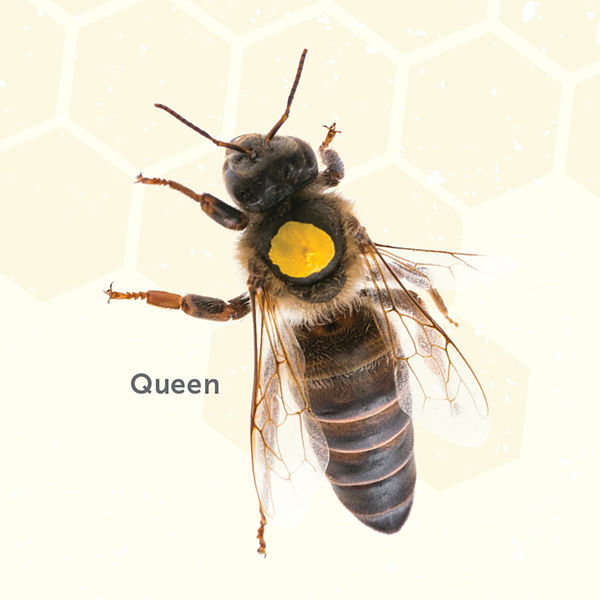
One out of every three bites of food people consume exists because of pollinators, including honeybees. A single beehive contains a sophisticated ecosystem of as many as 80,000 insects, each with a specific job to help create and maintain the colony.
“There’s a hierarchy of bees within the hive,” explained Steve Hays, instructor of the Sacramento County Sheriff’s Office Second Chance Beekeeping program and a retired deputy and hobbyist beekeeper. “In each beehive, there are three types of bees: a single queen, drones and workers. A drone’s sole purpose is reproduction and the worker bees tend to the queen, which lays eggs.”
The hive is dominated by the queen bee, which emits pheromones that regulate hive activity. Worker bees have many roles, Hays said, such as hive cleaning and repair, nursing brood (caring for the eggs, larvae and pupae), attending to the queen, foraging for food and water, creating and storing honey and guarding the hive.
Hays said he enjoys combining his love of beekeeping with a longtime career in law enforcement: “If I can make a difference to one offender at the jail through beekeeping, that is my reward.”

